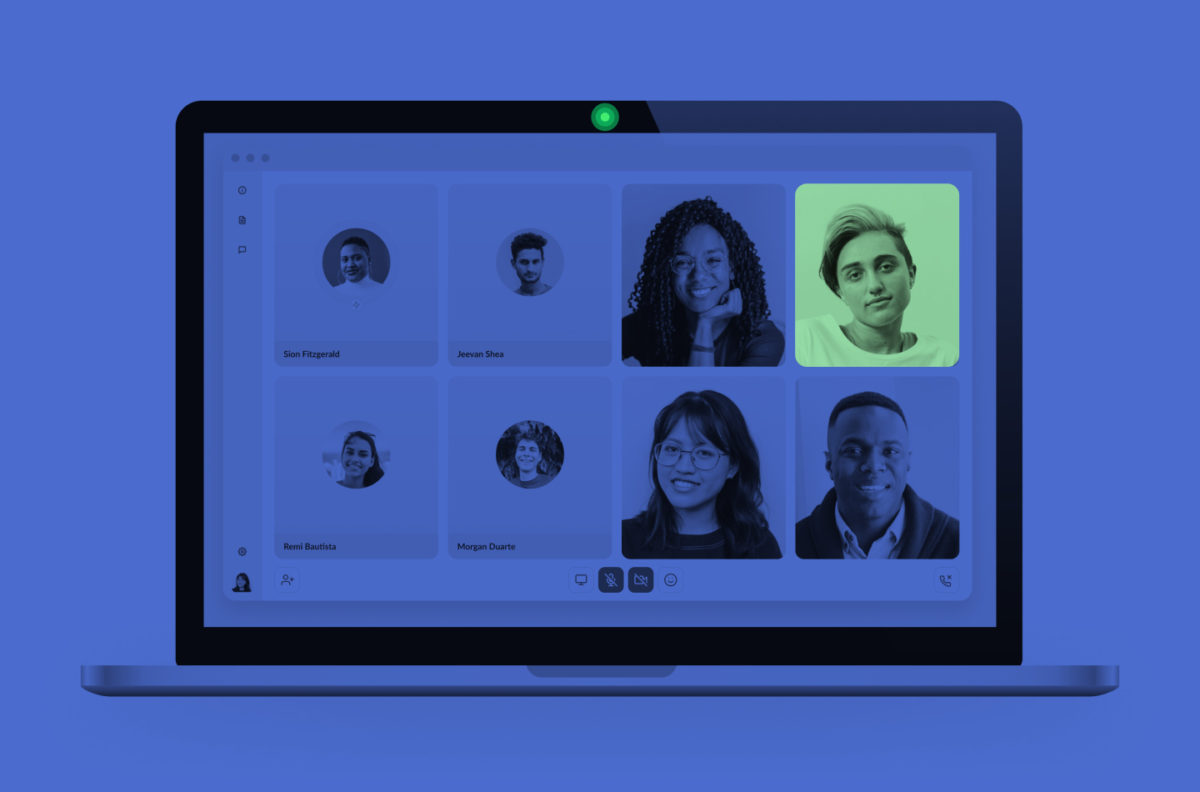The rapid shift to online, remote-based work provided many benefits for employees and employers alike. These flexible working arrangements are here to stay, even once COVID-19 is no longer a concern.
There is an unintended side effect of this new way of work, though, and it stems from ineffective, badly designed tools and misguided approaches to handling meetings with a remote team: “Zoom fatigue.” But by understanding the cause of this fatigue, you can adjust your approach to online meetings in a way that better engages your team.
What Is Zoom Fatigue And Why Are Video Calls Tiring?
Despite being a convenient replacement for our in-person interactions, video calls require a more significant effort to truly process the conversation (the primary cause of Zoom fatigue).
That’s because a great deal of crucial content is communicated not in what we say, but instead in how we say it, with nonverbal cues like hand gestures, facial expressions, and eye contact. Intrinsically, video calls make it difficult to absorb these nonverbal cues. Only so much of any given speaker can be seen, spotty internet connections can distort speech, and grid-style views can easily send an attendee into sensory overload.


